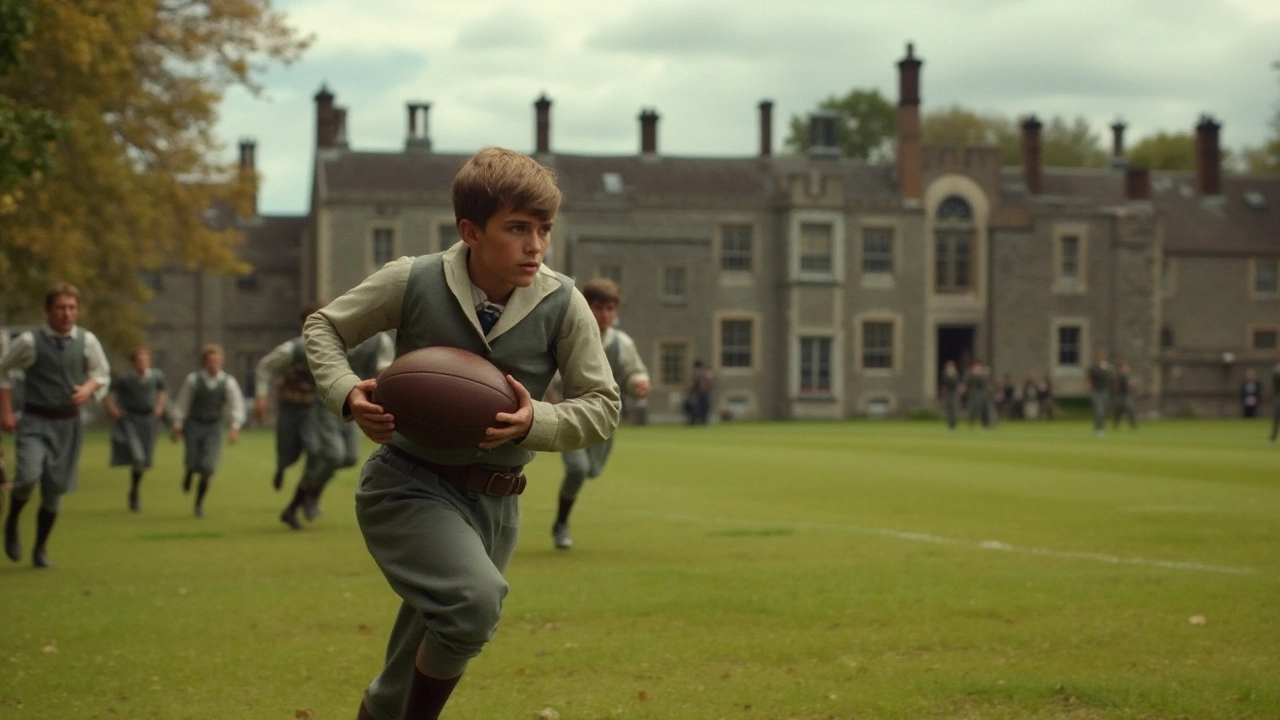William Webb Ellis: The Man Who Started Rugby
Ever wonder why rugby exists? Most people point to a single moment in 1823 when a schoolboy in England picked up the ball and ran. That kid was William Webb Ellis, and his bold move is still the talk of sports fans.
Webb Ellis was a 17‑year‑old at Rugby School, a place where the version of football they played was already a mix of kicking and handling. During a match, the rules weren’t set in stone. When his team was forced to kick the ball away, Webb Ellis grabbed it and sprinted toward the opposition’s goal line. No one stopped him. That crazy run, according to the legend, is the birth of a new sport.
Why the Story Sticks
The tale survived because it’s easy to remember: one kid, one daring move, a whole new game. Rugby officials later turned the story into a marketing tool, even placing a statue of Webb Ellis in front of the school. The statue shows him in a running pose, reminding us that a single act can change the world.
Critics say the story is more myth than fact. School records from the time are sketchy, and some teammates never mentioned the incident. Still, myths have power. They give people a hook, a hero, and a simple explanation for something complex—in this case, the split between rugby and soccer.
What Webb Ellis Means for Modern Players
If you’re hitting the gym or the field, thinking about Webb Ellis can be motivating. His run was about breaking the rules to create something better. Today’s athletes do the same when they push boundaries, try new techniques, or just give that extra effort in a tough match.
Coaches often use his story to teach creativity. Instead of following a playbook blindly, ask, "What would Webb Ellis do?" Maybe you’ll find a new passing lane or a surprising strategy that catches the opponent off‑guard.
Beyond inspiration, Webb Ellis reminds us that sports evolve. Rugby now has 15‑player, 7‑player, and even wheelchair versions. All of that started with a single, daring sprint.
So next time you watch a ruck, a scrum, or a try, think about the kid who first decided the ball could be carried. It’s a reminder that rules are there to be tested, and a bold move can launch a whole new world of competition.
